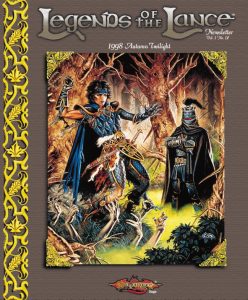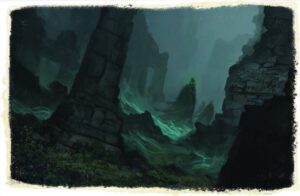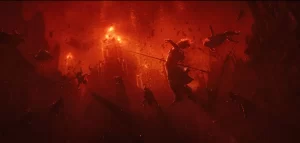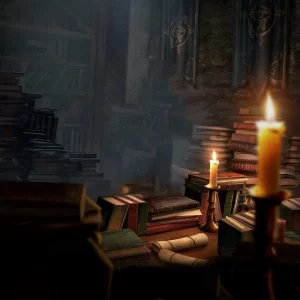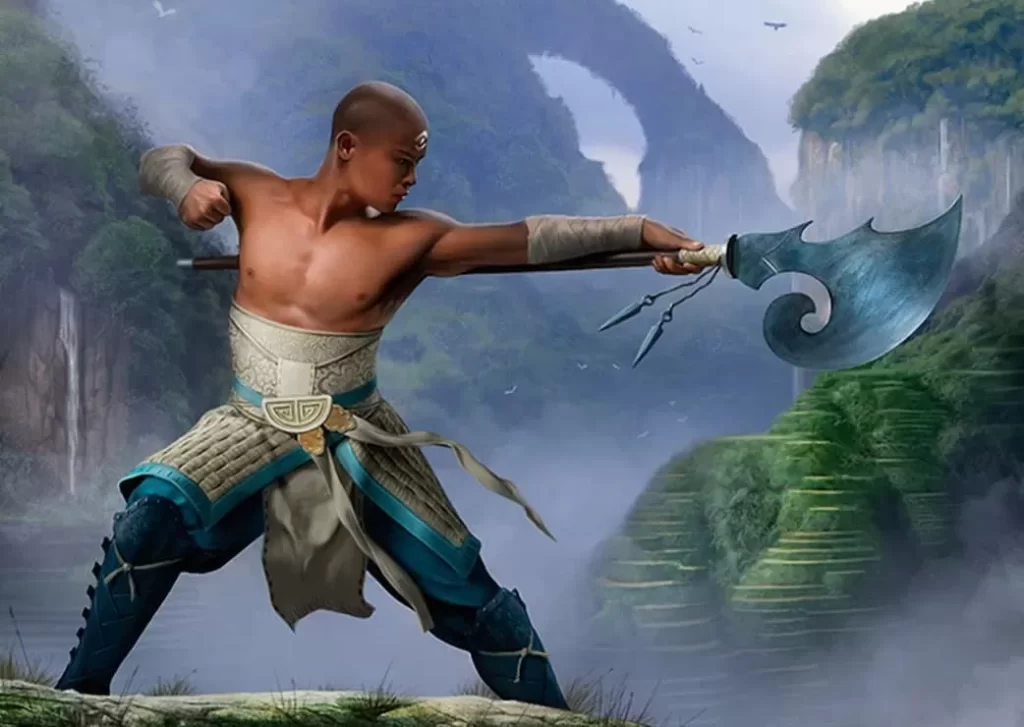
With fists moving in an entrancing dance, a half-elf dances through an oncoming storm of arrows, vaults over a barricade, and flings herself into a marauding sea of hobgoblins. She pirouettes among them, defying their assaults and leaving them bewildered, until she stands as the sole survivor on the battlefield.
Inked in symbols of ancient power, a human warrior takes a meditative breath and assumes an ancestral battle stance. The initial wave of orcs charges him; his exhalation ignites a roaring conflagration that engulfs his attackers, reducing them to embers and ash.
Cloaked in the secrecy of night, a nimble halfling melds into the shadow beneath an arch, only to reappear on a balcony a mere stone's throw away. Slipping her blade from its sacred cloth sheath, she spies the despotic prince, now vulnerable and imprisoned by slumber, unaware of the justice that awaits.
Bound by a discipline that transcends mere martial prowess, monks are the embodiment of an energy known as ki. This ethereal force, a fragment of the cosmic magic that breathes life into the multiverse, unites them. Whether expressed through fierce combat or refined into a subtle focus of defense and agility, this energy becomes the essence of a monk's being.
Ki, a mystical element flowing through the living, is the monks' tool and their art. They channel it into magical effects, surpassing their physical limits, and through their strikes, they can disrupt the flow of ki within their adversaries. Their mastery over this energy evolves into unparalleled strength and speed, granting them control over themselves and those who dare stand against them.
Scattered across the landscapes of mythical realms, one may find small walled cloisters, timeless havens hidden from the chaos of existence. In these places, monks pursue perfection through meditation and relentless training. Many were brought to these sanctuaries as children, orphaned or surrendered, their lives forever marked by the path of the monk.
While some monks embrace complete isolation, untouched by worldly distractions, others serve as clandestine agents, emerging only at the beckoning of a divine or mortal master. Yet, the majority live in harmony with the world around them, providing protection and wisdom to those in need.
Becoming an adventurer for a monk signifies leaving behind the structured solitude of the cloister for the unpredictable life of a wanderer. This transition is never made lightly, as these warriors view their adventures as trials of both physical prowess and spiritual evolution. Driven by purpose, not by greed, they strive for a higher calling than mere monster slaying or treasure hunting.
Monks walk a fascinating paradoxical path. Studious as wizards and unburdened by armor or weapons, yet fearsome in battle, rivaling the fury of a barbarian or the skill of a master fighter. They find unity in this contradiction, a reflection of the monastic philosophy that understanding oneself leads to an understanding of the world.
This profound self-realization often sets monks apart, turning their focus inward, detached from the ebbs and flows of society. Adventuring monks, the rarest of an already unique breed, take their unending quest for perfection beyond monastic walls, seeking enlightenment in the chaos of the world itself.


